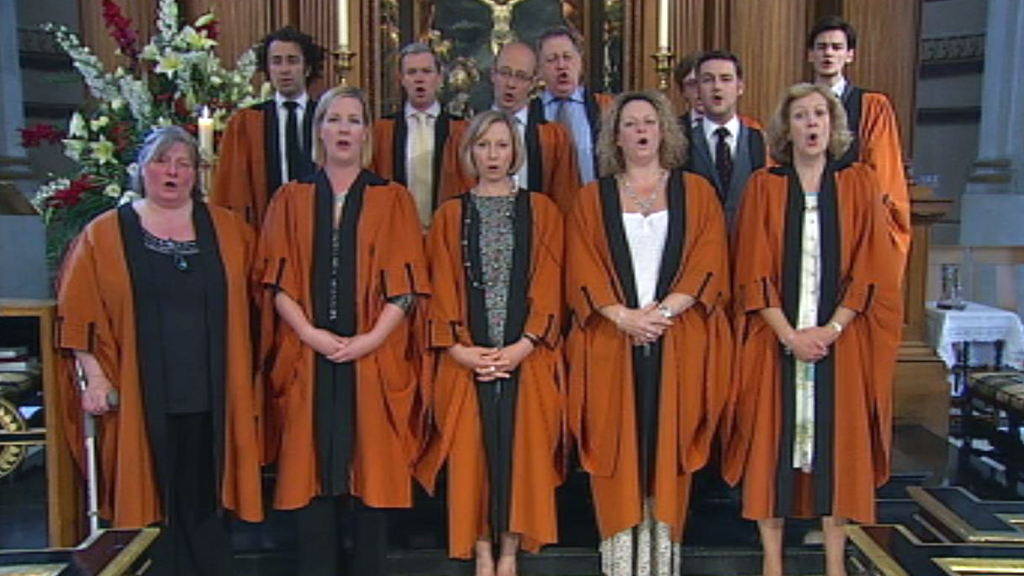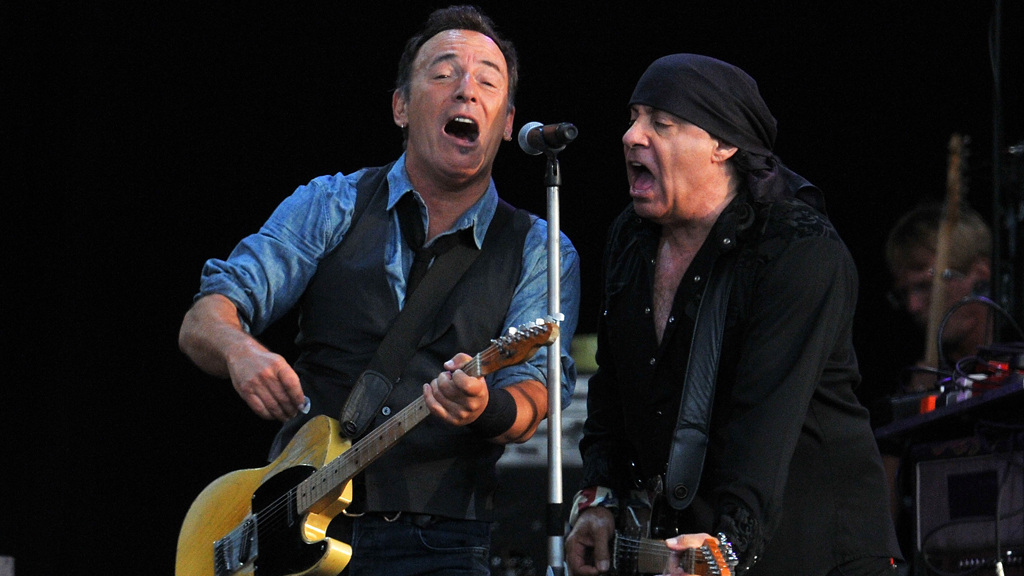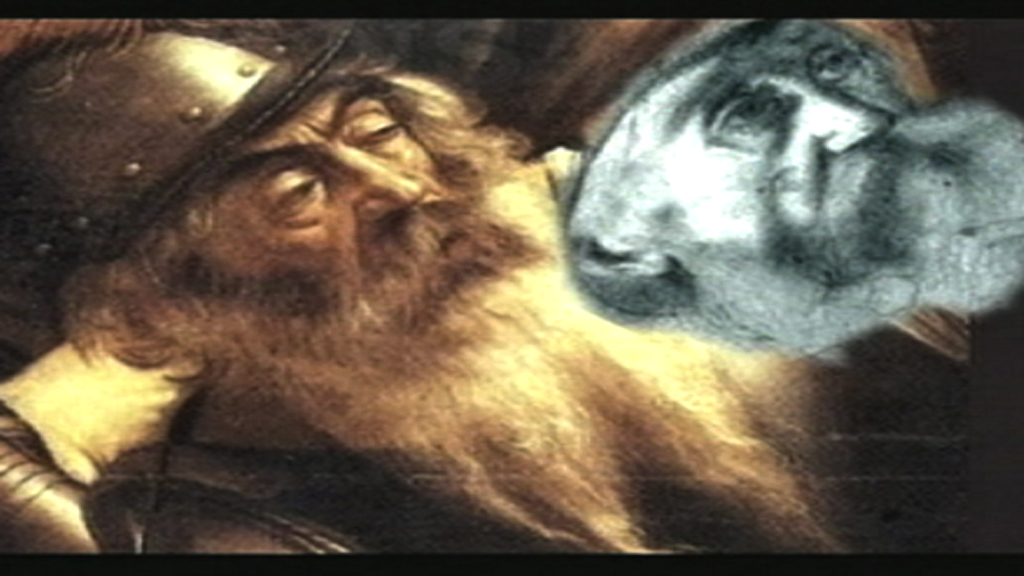Tour of Tate Modern’s underground oil tanks
As Tate Modern’s underground oil tanks prepare to open, Channel 4 News takes a tour of the world’s first museum galleries dedicated to live art, performance, installation and film.
- Chapters
- descriptions off, selected
- subtitles off, selected
- captions settings, opens captions settings dialog
- captions off, selected
This is a modal window.
This is a modal window. This modal can be closed by pressing the Escape key or activating the close button.
The 98ft-wide structures, which were decommissioned in 1981, open on Wednesday with a dance work by acclaimed choreographer Anne Teresa de Keersmaeker.
Parts of the dance will be performed in the course of the day, while the complete hour-long performance will take place on some evenings.
Other works to go on display in the tanks include Suzanne Lacy’s Crystal Quilt (1987), created after 430 women over the age of 60 gathered to share their views on getting older.
Visitors are also encouraged to stand in the light projection Light Music (1975) by Lis Rhodes, on the neglect of women composers in the history of European music.
A second tank contains Sung Hwan Kim’s new film Temper Clay, which juxtaposes his parents’ flat in Seoul, South Korea, with the family’s countryside home which they had aspired to retire to.

‘A wave that’s been building’
Tate Director Sir Nicholas Serota said that performance art was central to the way that visual arts have developed over the last 50 years.
“It’s a wave that’s been building over some time. It’s actually breaking and more visible now,” he said.
He said that the climate of austerity had encouraged more artists to make performance art.
“They want to expose themselves in forms of work that can’t be consumed by the market, using language that’s less susceptible to commercial development,” he said.
“Performance art hasn’t been marketable. Curiously, while the market is very buoyant for certain types of art, people are rethinking the value of art that doesn’t play to the market.”
Tate Modern Director Chris Dercon said disillusionment with the banks and politics also fed into the popularity of performance art.
More culture stories
-

Should Jerusalem be England’s national anthem?
15 July 2012
-

Born to overrun: Anger as Bruce and Sir Paul are silenced
15 July 2012
-

Stash of 100 Caravaggio art works found in Milan
06 July 2012


